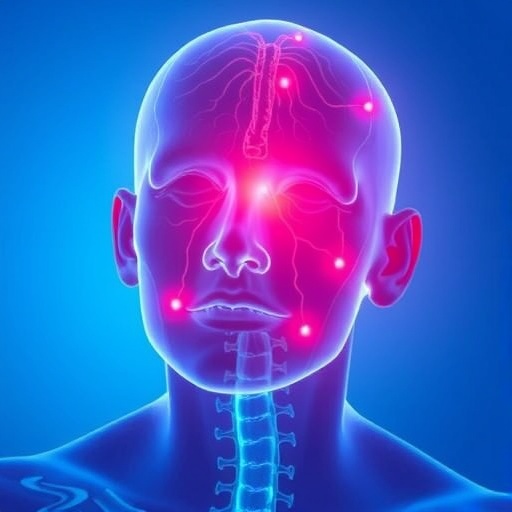Researchers suggest healthy active lifestyles could be maintained with policies to limit traffic-related pollution
The benefits of living in a walkable neighbourhood could be diminished by increased exposure to traffic-related air pollution, suggests a study led by St. Michael’s Hospital and ICES, a non-profit research institute that uses population-based health information to produce knowledge on a broad range of health care issues.
The research, published today in Environment International, and based on nearly 2.5 million adults from 15 Ontario municipalities, challenges the notion that living in walkable neighbourhoods always improves the overall health and well-being of Canadians.
Walkability reflects how well neighborhoods afford opportunities for individuals to walk while performing daily tasks like grocery shopping, running errands, or commuting to work.
“Previous research has shown that individuals living in more walkable neighborhoods are more physically active, with downstream health benefits like lower rates of overweight and obesity, hypertension and diabetes,” said study co-lead Dr. Gillian Booth, a scientist at St. Michael’s Hospital’s MAP Centre for Urban Health Solutions and ICES. “But our findings confirm that walkability and air pollution are highly intertwined, potentially diminishing any health benefits derived from living in walkable, urban communities.”
The research team found that living in unwalkable neighbourhoods was associated with a higher likelihood of having diabetes or hypertension than living in the most walkable communities. But, any observed benefit for those living in walkable areas appeared to decrease — or in some cases, disappear — as the level of air pollution increased.
“Individuals living in highly walkable neighbourhoods tend to be more likely to choose active forms of transportation, like walking or bicycling, as an alternative to driving,” said Nicholas Howell, a recent PhD graduate in the St. Michael’s Li Ka Shing Knowledge Institute and co-lead of the research. “So they may be more exposed to air pollution based simply on the amount of time they spend outside.”
The researchers said these results suggest that policies aimed at encouraging the development of walkable neighbourhoods should consider strategies to mitigate residents’ exposure to air pollution.
“Initiatives to create walkable communities while decreasing sources of car pollution may have promise to reap even greater health benefits and have stronger impact on the health of Canadians,” said Howell.
Researchers used participant data from the Cardiovascular Health in Ambulatory Care Research Team (CANHEART) cohort – a population-based cohort drawn from databases including nearly all adults living in Ontario.
###
Media Contact
Jennifer Stranges
[email protected]




